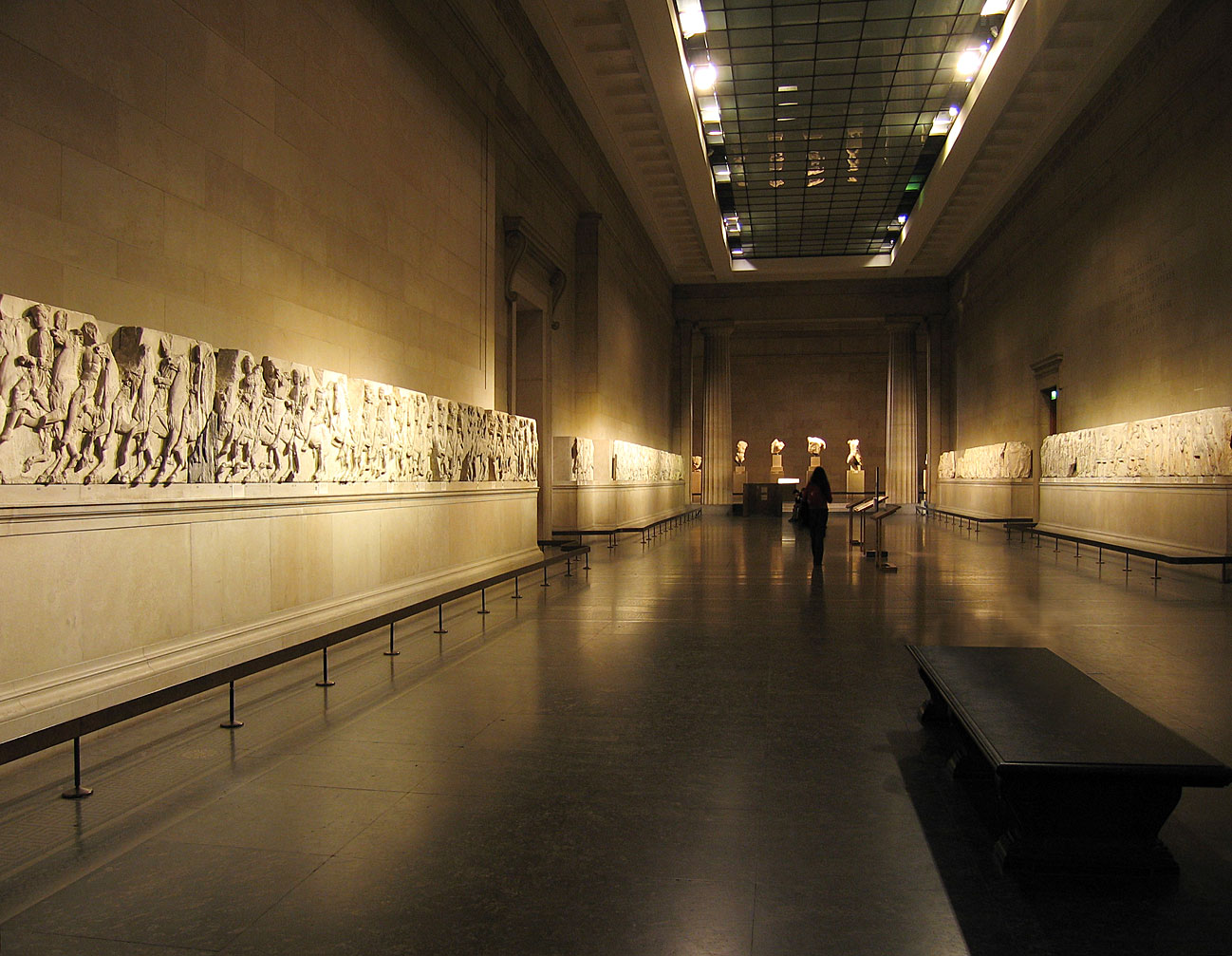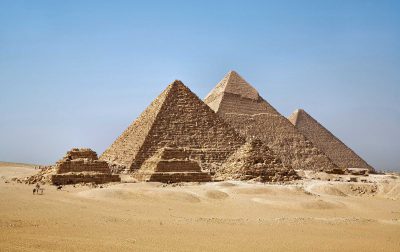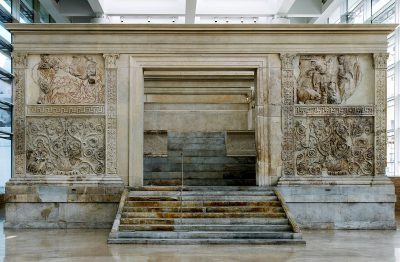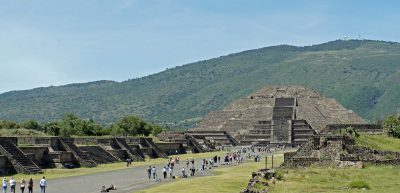The Ancient World Beginnings–500 CE
The British Museum Spotlight Object
The Elgin Marbles

The Elgin Marbles
Ancient Greece
Mid–5th century BCE
Marble sculpture
Credit: Andrew Dunn | CC BY-SA 2.0
The Parthenon sculptures, consisting of high-frieze marble figures and slabs from the pediments, metope panels, and the Parthenon Frieze, were created by the famous architect and sculptor Phidias and his team of assistants c. 447–438 BCE. In 1801, Lord Elgin, the British Ambassador to the Ottoman Empire, obtained an official decree from the Empire to remove the sculptures from various temples in Athens, including the Parthenon, the Erechtheum, and the Temple of Athena Nike, and transport them back to Great Britain. He then sold the sculptures to the British government in 1816, and they have been held by the British Museum ever since. Now known as the Elgin Marbles, their display in the British Museum remains a source of long-term controversy in the art world, where the legality of the decree as well as the authenticity of the surviving documents have been questioned.
Artemis Tzioli
Art History Program, VCUarts Qatar

Temporary Elgin Room at the Museum in 1819, Archibald Archer, 1819, oil on canvas. Credit: The British Museum | CC BY-NC-SA 4.0
The Big Picture
The arts of the ancient world present a chronicle of when and how people began developing pictorial and visual traditions. The first known works of art from the Paleolithic era (c. 40,000–9,000 BCE) appear in the form of miniature figurines, both human and animal, and cave paintings of daily and spiritual activities, spanning territories across the globe. It is presumed that many of these works shared sacred or ritualistic functions, or were merely attempts at visual documentation.
Permanent settlements were established in Anatolia and Mesopotamia during the Neolithic era (c. 8,000–3,500 BCE). Mesopotamia, considered by many to be “the cradle of civilization,” innovated agricultural and irrigation practices through which urbanized society flourished. Some of these first civilizations invented writing systems and used visual means to narrate stories representative of their cultures. Sumerian civilization offers the first known example of codified law, documented on a tablet by the King Ur-Nammu (r. 2,047–2,030 BCE). Developments in Mesopotamia follow a parallel timeframe for those in Egypt along the Nile River. The Egyptians erected some of the world’s most renowned works of architecture. Their hieroglyphic writing system and their pictorial culture shed light on the sophistication of Egyptian society. Just south of Egypt in modern-day Sudan was the Kingdom of Kush. Though often overshadowed in historical records by its northern neighbors, this civilization was capable of challenging the might of the Pharaohs. Further east in North Africa were the Carthaginians, a civilization of powerful maritime merchants that rivaled the power of the Roman Empire; their capital city of Carthage, in what is now Tunis, stood as a center of trade and influence in the Mediterranean.
In the Americas, along the coast of the Mexican Gulf, the Olmec civilization flourished (c. 5,100–4,600 BCE), producing works of art similar to those of Egypt, including colossal sculptures. In the Indus Valley (c. 3,300–1,300 BCE), urbanization reached levels of unmatched advancement in the implementation of complex water-supply and sewage systems. China’s early civilizations and kingdoms include the Shang, Zhou, and Qin dynasties (c. 1600–206 BCE). From the Shang came some of the ancient world’s greatest bronze works; Zhou rule saw the advent of Daoism and Confucianism, and the Qin dynasty is famous for its underground terracotta army.
The subsequent Greek, Roman, and Persian empires shaped the world as we know it. The Greeks, famous for their socio-political, scientific, and mathematical advancements, served as a foundation for Western civilization. The Romans expanded these innovations and became one of the largest empires of antiquity. Meanwhile, Persian societies began branching from the earlier Mesopotamian civilizations and came to be one of the major rivals of the Greeks and Romans. China and India also developed rapidly, and like the Greeks and Romans, were responsible for many technological transformations that affect our lives even today.
Artemis Tzioli
Art History Program, VCUarts Qatar
In Focus

The Nile Valley
Giza, Egypt
Ancient Egyptian civilization comprises one of the most well-versed chapters in history, with an astounding span of successive dynasties and kingdoms dating as far back as c. 3100 BCE.
More
The Roman Empire
Rome, Italy
At its height, the Roman Empire (1st c. BCE–5th c. CE) embodied strength and prosperity, modeling one of the most sophisticated social and political systems of western civilization.
More
Teotihuacan
Valley of Mexico
Of the ancient Mesoamerican settlements, the city of Teotihuacan is distinguished as the “birthplace of the gods”—a title bestowed upon the city by the incoming Aztecs.
More


